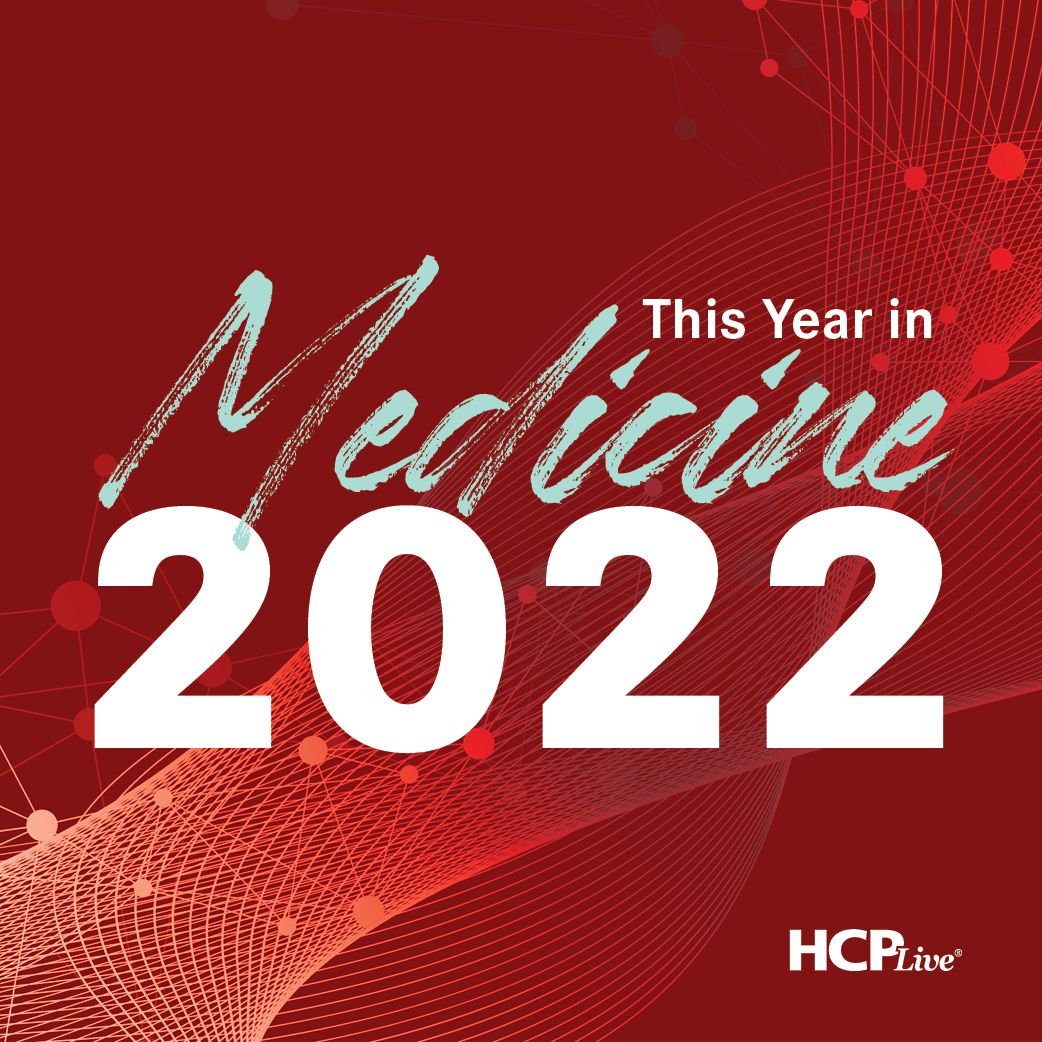Article
Cardiology Moves Patients to the Heart of Care in 2022
Author(s):
As physician demands continue to climb in the high-demand specialty, patient-reported outcomes have emerged as a viable tool in assessment and care.

After checking in for a follow-up appointment, you have a short wait before being brought to a private room and your health care provider is in moments later. They know you by name and spark up small talk related to your family or topics of discussion from your last appointment. You review recent test results and discuss potential treatment plans and how they fit into your life as well as your goals.
For some, this sounds like a normal visit. For others, it may sound like an idealized utopia or a TV show depicting life in the 1950s. Regardless, this was once a realistic experience and expectation for care in the US. Yet, as the health care system’s demands of physicians increases and the physician shortage nonetheless worsens, patient care has become less personal, and patients have been made to bear the burden of this resource-strapped system as the issues have compounded in recent decades.
With the success in the fight against cardiovascular disease considered one of the greatest public health achievements in the 20th century, cardiology is often looked upon to lead the way in other matters of public health and improving the continuum of care. The push to put the patient back at the heart of care has been no different.
“It's something that I see all the time as a physician associate and as faculty member teaching new students and future colleagues. We teach a lot on therapeutics for disease and we think that's management, but, really, it's treatment of a disease, not a patient,” said Viet Le, PA-C, associate professor of research and at Intermountain Heart Institute, in an interview with HCPLive. “So, to see all of this as it's very well—pun-intended—heartening, because it means that we're really thinking about the patient.”
Reaffirming the Patient Perspective in Cardiology
Putting the patient at the heart of the care team. At face value, it seems like an obvious sentiment and core concept of management for cardiovascular diseases. However, as the need for cardiovascular care has grown, waitlists for quality care centers have become more common and patient interactions with their lead care provider have become shorter. Unbeknownst to most in medicine, and even among many in cardiology, those in the field had been hard at work seeking to improve care of patients and better capture patient data.
Patient-reported outcomes and patient-reported outcome measures have taken on a prominent role in recent years, with their use being continuously leveraged in cardiovascular care and clinical trials.
“I think that patient reported outcomes are extremely important and are going to be a big part of future trials, in many cases, perhaps even the primary endpoint,” said Deepak Bhatt, MD, MPH, director of Mount Sinai Heart, in an interview with HCPLive. “In cardiovascular medicine, we've been lucky with lots of therapies that reduce mortality and heart endpoints like myocardial infarction, but the reality is, that's not always possible. And, sometimes, from the patient's perspective, that's not even the most important thing.”
Although the terms patient-reported outcomes and patient-reported outcomes measures have gained traction in recent years, the interest in capturing patient-reported information has been at the center of cardiovascular care for decades. For cardiology, nowhere is this more evident than with the advent of the multiple different measures such as the Kansas City Cardiomyopathy Questionnaire (KCCQ).
A 23-item self-administered questionnaire developed to independently measure 6) distinct domains and 2 summary scores capturing the patient's perception of their health status, KCCQ has become a standard for assessing management of heart failure. This evolution in care began as gradual since introduction in 1999. Since then, use of KCCQ has given care providers with the ability to capture the quality of life, symptom burden, and other pertinent information within an average of just 4-6 minutes—something that might have taken the entirety of the clinician-patient in-office interaction.
Although the approach is not perfect, it represents one of the first iterations of a validated patient-reported outcome measure to find its way into the day-to-day management of a chronic cardiovascular illness, which set the stage for the dozens that would follow.
In the Clinic and Beyond
As Marc Bonaca, MD, executive director with CPC Clinical Research, alluded to at the American Heart Association (AHA) 2022 Meeting in Chicago this November, medicine and medical care have too often been thought of as paternalistic. By including the patient into the fold, instead of keeping this barrier between them, this shared decision-making may one day benefit how endpoints are evaluated. Since there are various ways to consider this issue, Bonaca shared an anecdote from his own clinic.
Bonaca recalled a time he was engaged in the assessment of a PRO around minor bleeding or non-relevant bleeding with one of his patients and was ultimately surprised about the patient’s perspective on the topic at hand.
“When I really probed enough, I realized that bruising for him was not a minor thing and he actually reduced his dose of anticoagulant on his own whenever he got bruising, because he felt it was a problem,” Bonaca said. “We really need to understand patient reported outcomes and patient voice and how we think about not only the benefits of therapies, but their benefit-risk.”
For others, keeping the patient voice front and center is a reiteration of the Hippocratic Oath. At AHA 2022, Martha Gulati, MD, Director of Cardiovascular Disease Prevention, Cedars-Sinai Medical Center reiterated her belief in its worth.
Gulati cited the 2021 AHA/ACC Chest Pain Guidelines as evidence of this emphasis on patient-focused care, with the document featuring multiple instances of patient-voice representation among its recommendations. Gulati pointed out it was the norm for the American Heart Association and the American College of Cardiology to include patient perspective but noted a lack of patient-centric focus in research.
“I think the patient’s voice is key in everything that we do,” Gulati said. “But I think, in research, we also need the patient’s voice and we need patient-focused research as well.”
Gulati went on to cite a recent study she led, published in the Internal Journal of Cardiology, that examined results of a patient survey detailing the experiences of men and women living with ischemia with no obstructive coronary arteries. This study concluded a greater level of patient awareness and physician recognition were needed to develop optimized, evidence-based guidelines for this patient population.
“We need to bring the patient voice to everything that we do, including our research, asking them with the disease states they’re living with what is most important to them,” Gulati added. “That’s where we should be focusing some of our research. Certainly, we know what questions we want to ask, but there’s probably questions that our patients bring to our attention that perhaps we haven’t thought about.”
Future Needs and Considerations
Few fields feel as well poised to confront the future as cardiology. Aside from the leadership and desire to advance care, few, if any, specialties have taken to the adoption of new technologies as the cardiovascular care team and, as the aforementioned study by Van Spall et al detailed, cardiology has been hard at work examining and validating measures to improve care for decades.
However, what the results of this study also highlighted gaps and pitfalls among the current bevy of patient-reported outcome measures. Of the 50 measures included, just 8 reported on the validation of psychometric properties recommended by the US Food and Drug Administration and only 2 had all of these properties rated as sufficient in quality. Thankfully, a byproduct of this study is a clearer road map for how to improve patient-reported outcome measures and build on the work of previous leaders in the field.
At least part of this focus will be on using new technology to capture objective measures of disease activity outside of clinical settings. At the center of many of these discussions is the utility of wearable technology. Although the most common application of these technologies in cardiovascular care is centered around capturing electrocardiogram data, other devices have emerged that capture more holistic data, including information related to energy expenditure, sleep health, VO2, and more.
“I think the importance of having the data at hand is it empowers [patients] to want to act on their own data from a clinical standpoint,” said Alexander Hajduczok, MD, a cardiology fellow at Thomas Jefferson University Hospital, in an interview with HCPLive. “I think that it helps improve and reinforce disease awareness, which allows them to really take control of their life a little bit more, especially for some of these really, really sick patients that are in and out of the hospital all the time.”
Regardless of the challenges the goal of optimally procuring and representing this newly captured data, the emphasis on putting patients back at the heart of the care team is one that has been recemented into the foundation of care for patients with cardiovascular disease.






